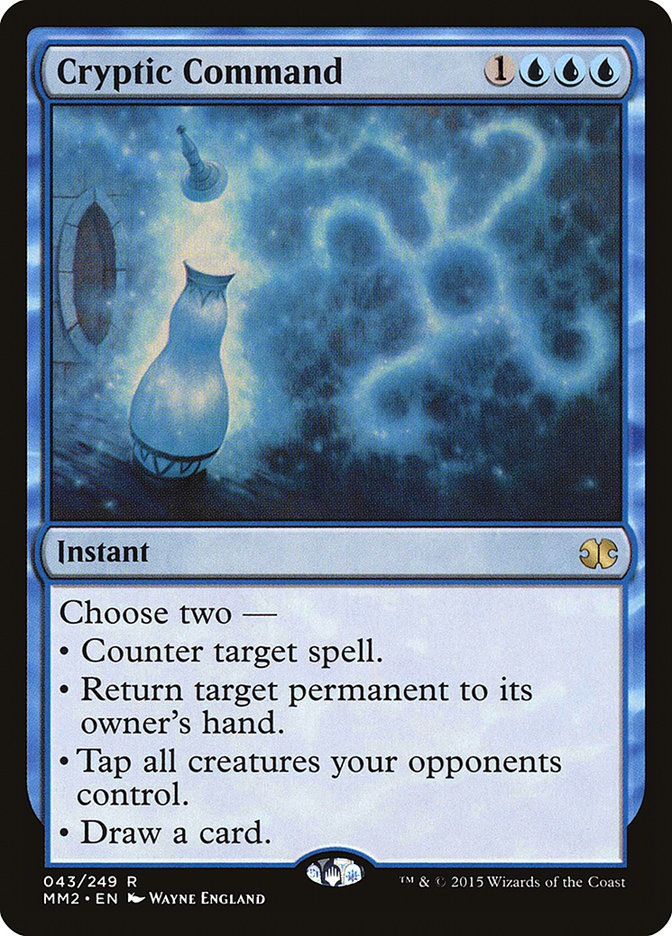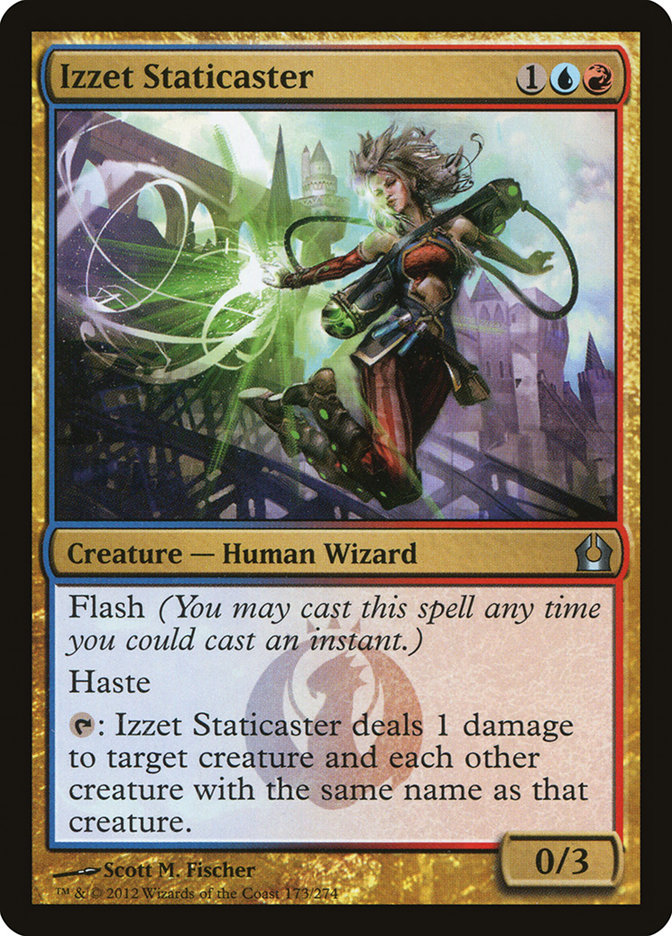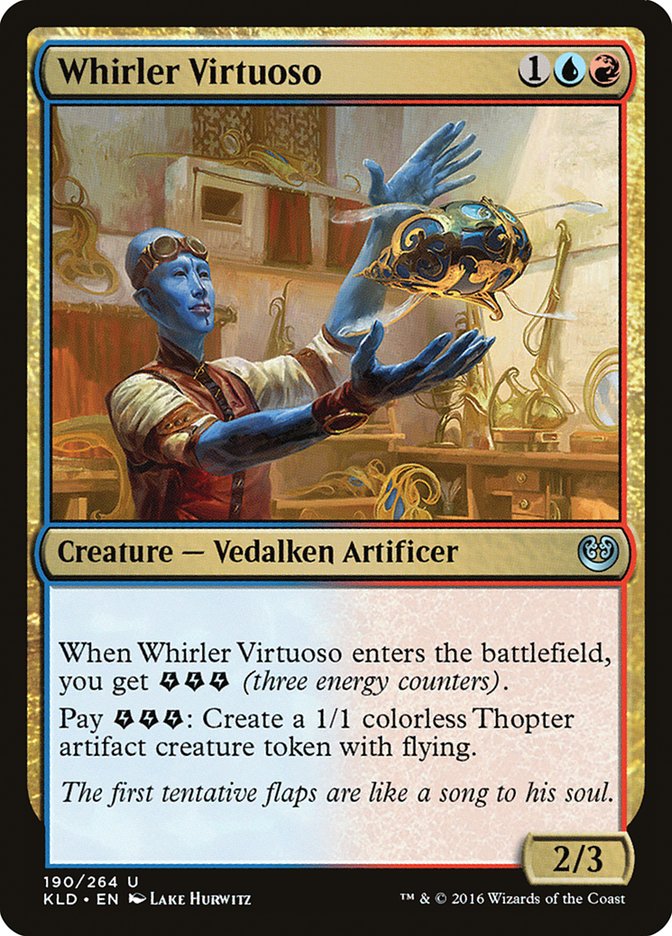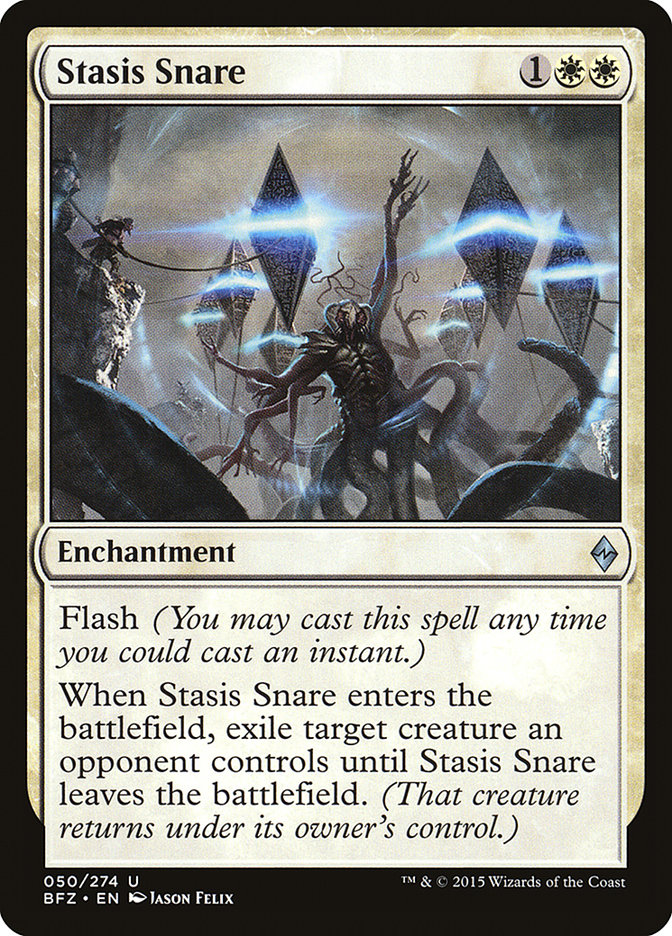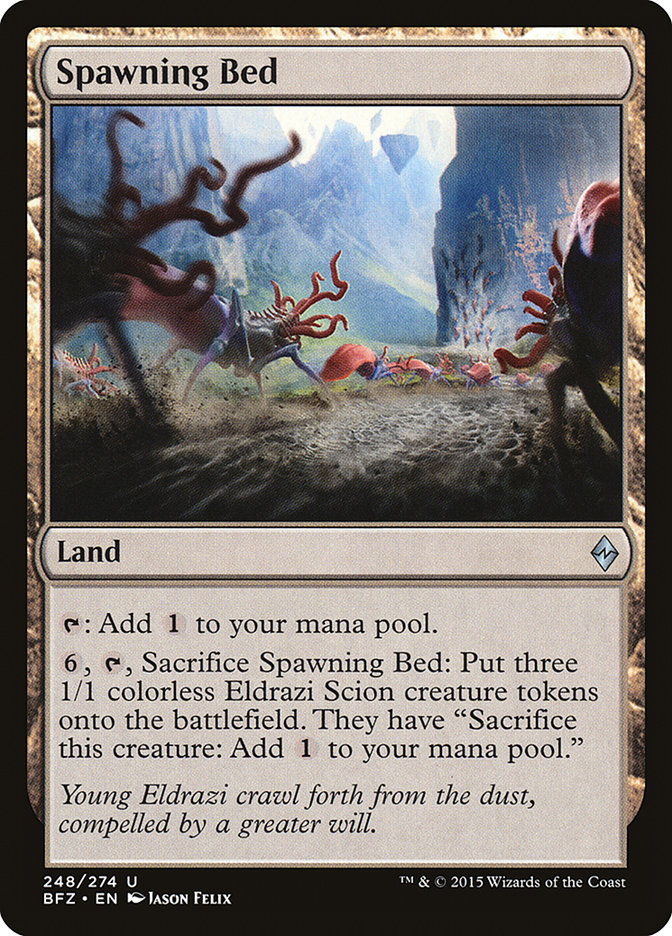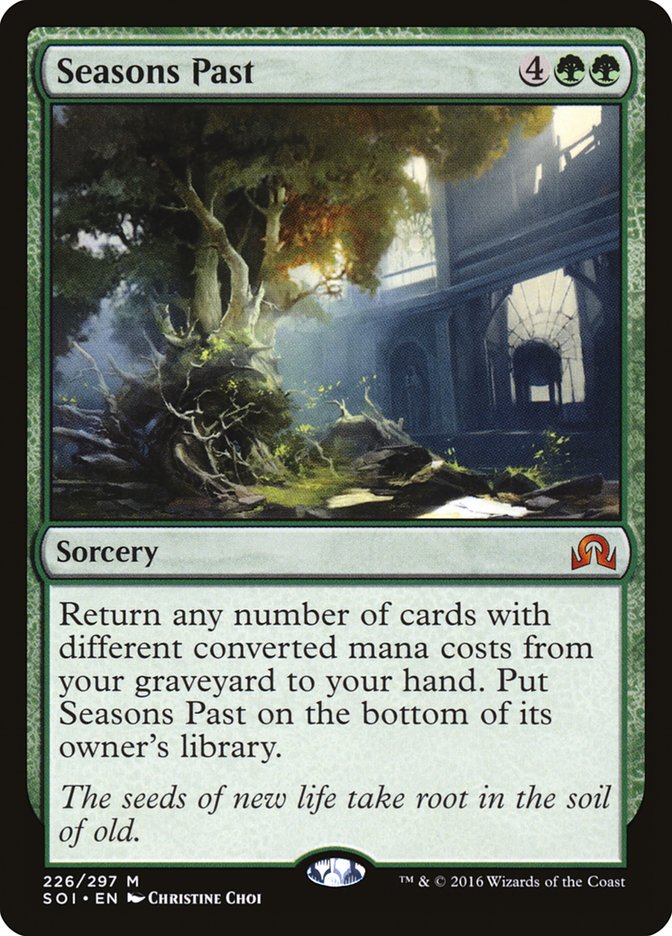The #SCGINVI is nearly upon us for some high-stakes Standard and Modern action.
I look forward to seeing which decks in Standard and Modern end up being successful. For the most part both formats have been fairly static recently, as you would expect this long after Kaladesh’s release, but there is still plenty of room for surprises.
Today I’ll go over two of those potential surprises that happen to be my favorite decks in both Standard and Modern. They are both a little more off the beaten path, so I’ll discuss what challenges they might have to overcome to succeed at a competitive tournament like the #SCGINVI.
Let’s start with Modern:
Creatures (9)
Planeswalkers (1)
Lands (24)
Spells (26)

Notice I said my favorite decks, not necessarily the decks I think are the best.
I’m still uncertain what the best build of Jeskai Control is or if it can even excel in such an aggressive and diverse Modern environment. I think Jeskai still has potential, but I would probably pick up Dredge or Infect if I were looking to play the best deck at this point in time.
I like the idea of pushing to be more proactive with Jeskai. Spell Queller helps this plan a good deal. It fills out the curve nicely and often functions similarly to Snapcaster Mage on Remand. Snapcaster Mage can be ignored once it’s resolved, but Spell Queller is a high-priority nuisance that almost always has to be dealt with.
Spell Queller is at its worst when it’s just Lightning Bolt bait the turn you cast it, since you’ll be the one paying more mana in that exchange. There is the massive upside of potentially eating a spell for the entire duration of a game, and a chunk of Modern decks don’t do a good job of removing it.
Spell Queller is good at chipping away at an opponent’s life total, and the damage from getting a few hits in can be the decider in many games. That’s why I’ve also slanted the deck a little more towards being able to aggressively pressure our opponent’s life total. Most of the removal in the deck does double duty as battlefield control in some matchups and burn in others or the late-game. This includes Lightning Helix, Electrolyze, Ajani Vengeant, and Lightning Bolt. It’s not hard to push through a little damage with Snapcaster Mage or Spell Queller and then finish the opponent off with Celestial Colonnade and a little burn to the face.
Cryptic Command is very good in Modern again. Its “tap and draw” mode does an excellent job at buying time against major decks like Death’s Shadow, Bant Eldrazi, or Dredge with minor risk of being disrupted. It’s also great for clearing the way for an alpha strike, especially when it’s being flashed back.
Torrential Gearhulk is of course very expensive to cast; you don’t see many decks running six-drops that aren’t being ramped or reduced in some way. Torrential Gearhulk casting Cryptic Command is worth it, though, and can be necessary to winning any grindier matchups or closing out the late-game.
Izzet Staticaster is powerful sideboard card right now. It’s always been excellent against Infect and Affinity, but the emergence of Dredge means having a good way to deal with Narcomoeba and Bloodghast is very welcome also. Even Bant Eldrazi has plenty of targets, thanks to Eldrazi Skyspawner and Drowner of Hope. Don’t forget about Lingering Souls either.
Izzet Staticaster also works nicely alongside Spell Queller, since you can leave up mana for either of them during your opponent’s turn and use whichever you need. I could see adding even more Izzet Staticasters to the sideboard being a reasonable decision, especially since they aren’t bad in multiples.
Nahiri, the Harbinger has fallen out of favor recently, partly because she is not great against Dredge, partly because she doesn’t have a big enough impact the turn she enters the battlefield in such an increasingly aggressive format for four mana.
So what struggles is a bright-eyed happy-go-lucky Jeskai player going to encounter in Modern? It seems like every deck is trying to go all-in and kill you as quickly as possible, so shouldn’t it be easy to brush their attempts away as easily as a fat fly?
The big problem is the diversity of the decks all trying to aggressively go all-in. There are very few matchups that Jeskai will be the aggressor in, which means it’s up to Jeskai to stop what the opponent is doing.
You can build Jeskai to beat some of the decks in the format, but not all of them. Not nearly all of them. Every time I pick up Jeskai, I immediately begin to think of the Lantern Control decks or Tron decks or Dredge decks I might face and if I’m ready for them. Jeskai has some cards that interact favorably against these, but not enough unless you’re willing to dedicate a lot of the deck to beating a particular matchup, which usually means you’re sacrificing other matchups.
That makes it a gamble picking up Jeskai. The gamble is about what you predict the metagame will be and what you get paired up against. The format might even be too diverse to make that gamble favorable, even if you know what’s coming.
A proactive deck like Infect, Death’s Shadow, or Dredge is capable of beating anything with its nut draws. You might be gambling more on the quality of your draws but care less about what your opponent brings to the table; even if they’re packing hate cards, they might not draw them, and you usually know what hate is coming and can prepare for it.
As for Standard? Well, if you’ve followed me at all lately, you’ll know I’ve been digging Energy Midrange decks. Lately I’ve been really happy with this:
Creatures (16)
- 3 Ulamog, the Ceaseless Hunger
- 2 Tireless Tracker
- 3 Ishkanah, Grafwidow
- 4 Whirler Virtuoso
- 4 Servant of the Conduit
Planeswalkers (3)
Lands (22)
Spells (19)

This happens to be my favorite deck, and also what I feel is the best deck in the format.
R/G Aetherworks, similar to this, has been gaining in popularity, and that’s partially why I favor the blue splash. You have an advantage in the mirror thanks to Ceremonious Rejection and Negate.
I like Whirler Virtuoso as an energy generator more than Woodweaver’s Puzzleknot, since it actually does something when you don’t draw Aetherworks Marvel.
R/G Aetherworks usually runs Emrakul, the Promised End as the big Eldrazi of choice to hit off Aetherworks Marvel, but I prefer to run Ulamog, the Ceaseless Hunger. The big appeal of Emrakul, the Promised End is the ability to hardcast her much more easily, since this deck does a good job of filling the graveyard.
The main reason I think Ulamog, the Ceaseless Hunger is better is because of the W/U Flash matchup. It’s not difficult to resolve Emrakul, the Promised End and lose anyway. W/U Flash is surprisingly resilient against Mindslaver effects.
Stasis Snare is an answer to both big Eldrazi but is better against Emrakul, the Promised End. It’s not that uncommon to have Emrakul, the Promised End resolve, get Stasis Snared, and then there’s nothing you can do to hurt your opponent when you take their turn. Gideon, Ally of Zendikar in particular is a card that is difficult to get rid of.
On the other hand (or, in this case, on the other tentacle), Ulamog, the Ceaseless Hunger loves to consume Gideon, Stasis Snare, Spell Queller, Archangel Avacyn, or just your opponent’s lands.
Spawning Bed is a solid way to ramp up from seven mana to ten and hardcast Ulamog, the Ceaseless Hunger. It can also generate four energy on the spot if you have Aetherworks Marvel out, or Scions can just chump block and protect Chandra, Torch of Defiance.
Ceremonious Rejection and Negate are excellent in the sideboard and perfect for gaining an edge in the mirror or against control or other combo decks.
Seasons Past might be reasonable. I haven’t tested it yet, but it seems like a great extra card that you want to hit off Aetherworks Marvel and a way to gain a ton of value in the late-game.
Sideboarding
B/G Delirium
Out:
In:
Having a strong B/G Delirium matchup is the main reason to run this deck. The game is pretty much over as soon as you stick an Aetherworks Marvel, since they don’t have a fast clock or many ways to interact with you.
I find that I don’t really fear Lost Legacy that much in post-sideboard games; it’s not hard to just win without Ulamog, the Ceaseless Hunger, but if you do fear it, you could diversify your win conditions a little more.
W/U Flash
Out:
In:
In the most recent MOCS Qualifier I went 3-3, with all three of my losses to W/U Flash. It is the only matchup I feel the deck is unfavored against.
W/U Flash has me a little stumped. They either curve out perfectly and seem to crush me or do nothing. It feels like, no matter what I do in sideboarding, they just end up drawing the part of their deck that punishes me. If I draw Plummets, they kill me with Gideon, Ally of Zendikar and Thalia, Heretic Cathar. If I focus on comboing off, they have a wall of countermagic. If I draw Root Out and Natural State, they don’t draw Smuggler’s Copter or Stasis Snare.
This demonstrates the power of W/U Flash: it attacks on many different angles.
I don’t think the matchup is that bad, but if they have an excellent hand, you’re probably not winning.
Tireless Tracker is a good sideboard card in this deck to bring in for most matchups, because if they’re dedicating resources trying to disrupt you from Aetherworks Marvel, you can just win off Clue advantage. It is also a decent way to pressure Gideon, Ally of Zendikar.
That’s all I’ve got for now. For those of you running either of these decks, I hope they bring you at least the same level of enjoyment and success they’ve brought me.




